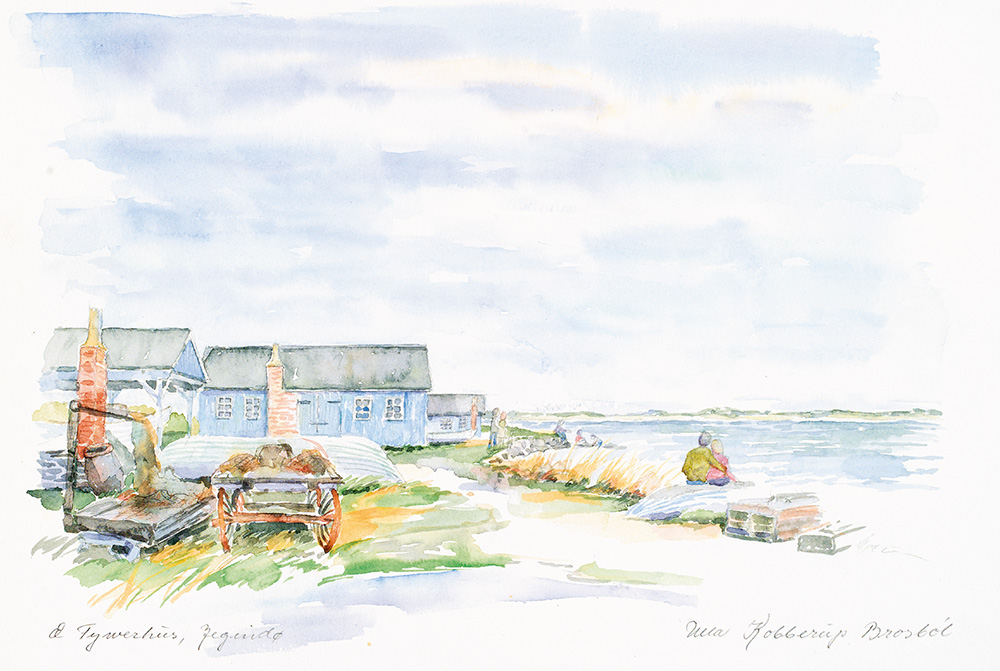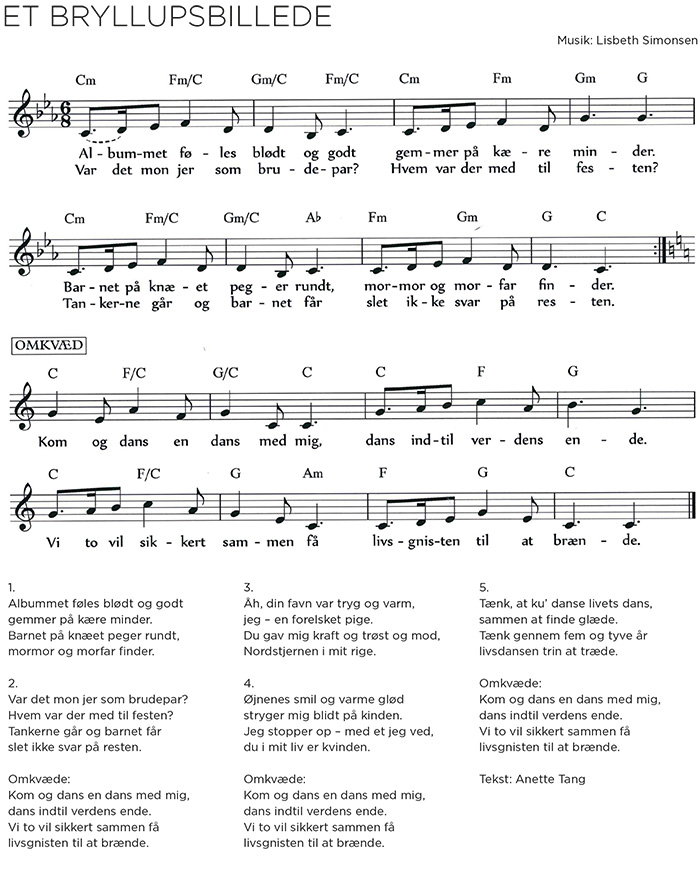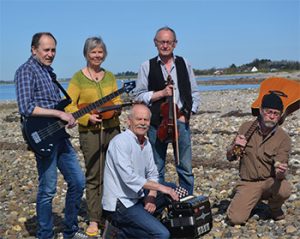February
Imagine doing the dance of life finding happiness together.

The museum “Æ Fywerhus” (The Inlet House) tells the story of the old fishing tradition on the island of Jegind in the finest way. The fishermen came from the west from Harboøre. They left their old area after several major accidents at sea, and after the breakthrough at Agger Tongue in 1825, which connected the Limfjord with the North Sea. There were a lot of relocations to many parts of the Limfjord, but nowhere was the migration as violent as at Jegind Island. The house, which today is a museum, was built in 1911 as a repair- and tool shed for fisherman Ivar Holm, when he, like many others, started fishing with coastal nets.
Jegind Island got a harbour in 1939, and at that time there were close to 100 fishermen on the island. The port’s auction was the largest auction of the country for decades. The foundation “Jegindø” for the conservation of the old utility houses was founded in 1989 and the museum exhibition opened in 1990. Today, the first house has been acquired by two other exhibition houses: “Æ Gåehus” (The Net House) and Æ Bøehus (The Net Repair House).
Jesper Bækgaard
Museum Director at Struer Museum

The music is alive on Jegindø

Dance and music have always been a part of Jegind Island. An old lady on the island tells us, that in the fifties there was dancing in “the green house” to the rhythm of the time, played by local musicians. Today the school hall is used for folk dancing with music provided by local musicians.
There is still music on the island. The folk music group SKWULP belongs here, and during the summer there is an open garden music session, usually Wednesday. It happens that other of the island’s musicians pop up with an instrument and perform a song or two.
But the island also has something else to offer. There is a fishing port, where mussel fishermen unload mussels, a marina, where you can see Limfjord Sjaegtes (copies of old fishing vessels) and a nice little fishing museum.
At the harbour there are shelters, Jegind Island Boat Club’s clubhouse with terrace, where you are welcome to eat your packed lunch.There is also a nice playground. You can also join the cafe “Skipperhuset”, which offers coffee and ice cream.
Nature on the island deserves a chapter by itself. Here are flat marshes and reedforests with a rich bird life, steep slopes where the swallows live, and not least beaches – at Bøhl (Boehl) in the north there is a sandy beach, it is a little more stony in the south from the dam to Røn (Roen).
A marked path – mussel route – leads all the way around the island. A trip of 15 km.
See more at www.jegindø.nu
Pia Christiansen
Folk musician